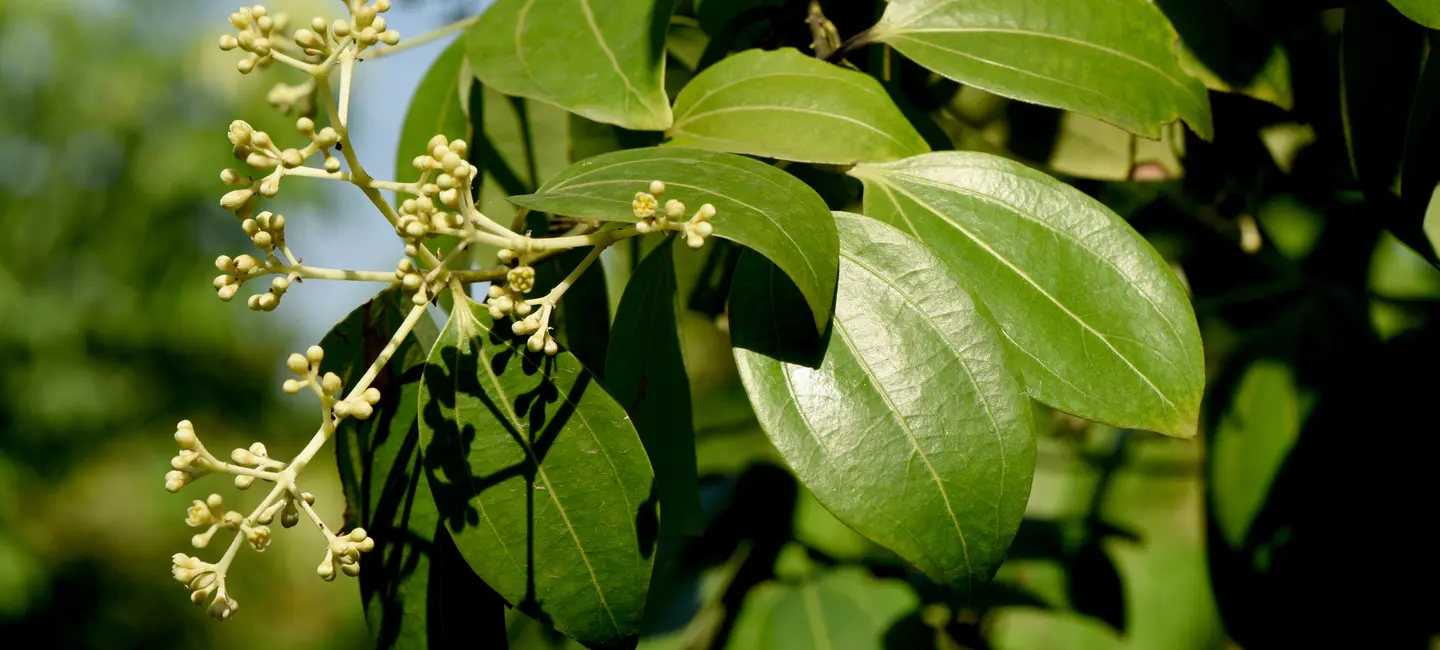
Cassia cinnamon (Cinnamomum aromaticum) is made from the dried inner bark of an evergreen tree. It's the most common type of cinnamon sold in North America.
Cassia cinnamon contains chemicals that seem to improve insulin sensitivity, which might help blood sugar control in people with diabetes. It also contains cinnamaldehyde. This chemical might help fight bacteria and fungi.
Cassia cinnamon is a very common spice and flavoring agent in foods. As medicine, people most commonly use cassia cinnamon for diabetes. It is also used for prediabetes, obesity, and many other conditions, but there is no good scientific evidence to support these uses.
Don't confuse cassia cinnamon with other types of cinnamon, including Ceylon cinnamon, Indian cassia, Padang cassia, and Saigon cinnamon. Also don't confuse cassia cinnamon with other plants known as cassia, including cassia auriculata and cassia nomame. These are not the same.
Is It Effective?
There is interest in using cassia cinnamon for a number of purposes, but there isn't enough reliable information to say whether it might be helpful.
Is it Safe?
When taken by mouth: Cassia cinnamon is commonly consumed in foods. It is likely safe when used as medicine, short-term. Doses of 1-2 grams daily have been used safely for up to 3 months. Cassia cinnamon is possibly unsafe when taken in doses larger than 6 grams daily for a long period of time. Cassia cinnamon contains a chemical called coumarin. Taking large amounts of coumarin can cause liver damage in some people, especially those who have liver disease. But for most people, it shouldn't cause serious side effects.
When applied to the skin: Cassia cinnamon is possibly safe when used short-term. It might cause skin irritation and allergic skin reactions.
Special Precautions & Warnings:
Pregnancy and breast-feeding: Cassia cinnamon is commonly consumed in foods. There isn't enough reliable information to know if cassia cinnamon is safe to use in larger amounts while pregnant or breast-feeding. Stay on the safe side and stick to food amounts.
Children: Cassia cinnamon is possibly safe when taken by mouth appropriately. One gram of cassia cinnamon daily has been used safely in teens for up to 3 months.
Liver disease: Cassia cinnamon contains a chemical that might harm the liver. If you have liver disease, do not take cassia cinnamon in amounts larger than those normally found in food.
Perioperative: Cassia cinnamon might lower blood sugar and might interfere with blood sugar control during and after surgery. Stop taking cassia cinnamon as a medicine at least 2 weeks before a scheduled surgery.
Medications for diabetes (Antidiabetes drugs)
Interaction Rating=Moderate Be cautious with this combination.
Cassia cinnamon might lower blood sugar levels. Taking cassia cinnamon along with diabetes medications might cause blood sugar to drop too low. Monitor your blood sugar closely.
Medications that can harm the liver (Hepatotoxic drugs)
Interaction Rating=Moderate Be cautious with this combination.
Taking large doses of cassia cinnamon might harm the liver. Some medications can also harm the liver. Taking large doses of cassia cinnamon along with a medication that can harm the liver might increase the risk of liver damage.
Herbs and supplements that might harm the liver: Taking large amounts of cassia cinnamon might harm the liver. Taking it with other supplements that can also harm the liver might increase the risk of liver damage. Examples of supplements with this effect include garcinia, greater celandine, green tea extract, kava, and kratom.
Herbs and supplements that might lower blood sugar: Cassia cinnamon might lower blood sugar. Taking it with other supplements with similar effects might lower blood sugar too much. Examples of supplements with this effect include aloe, bitter melon, chromium, and prickly pear cactus.
There are no known interactions with foods.
Cassia cinnamon is commonly used in foods as a spice and flavoring agent.
As medicine, cassia cinnamon powder has most often been used by adults in doses ranging from 120 mg daily up to 6 grams daily for up to 4 months. Speak with a healthcare provider to find out what dose might be best for a specific condition.
Bastard Cinnamon, Canela de Cassia, Canela de la China, Canela Molida, Canelero Chino, Canelle, Cannelle Bâtarde, Cannelle Cassia, Cannelle de Ceylan, Cannelle de Chine, Cannelle de Cochinchine, Cannelle de Padang, Cannelle de Saigon, Cannelier Casse, Cannelier de Chine, Canton Cassia, Casse, Casse Odorante, Cassia, Cassia Aromaticum, Cassia Bark, Cassia Lignea, Chinazimt, Chinese Cassia, Chinese Cinnamon, Chinesischer Zimtbaum, Cinnamomi Cassiae Cortex, Cinnamomum, Cinnamomum aromaticum, Cinnamomum cassia, Cinnamomum ramulus, Cinnamon, Cinnamon Essential Oil, Cinnamon Flos, Cinnamoni Cortex, Cinnamonomi Cortex, Cortex Cinnamomi, Écorce de Cassia, False Cinnamon, Fausse Cannelle, Gui Zhi, Huile Essentielle de Cannelle, Kassiakanel, Keishi, Laurier des Indes, Nees, Ramulus Cinnamomi, Rou Gui, Sthula Tvak, Taja, Zimbluten, Zimtcassie.
Information on this website is for informational use only and is not intended to replace professional medical advice, diagnosis, or treatment. While evidence-based, it is not guaranteed to be error-free and is not intended to meet any particular user’s needs or requirements or to cover all possible uses, safety concerns, interactions, outcomes, or adverse effects. Always check with your doctor or other medical professional before making healthcare decisions (including taking any medication) and do not delay or disregard seeking medical advice or treatment based on any information displayed on this website.
© TRC Healthcare 2024. All rights reserved. Use and/or distribution is permitted only pursuant to a valid license or other permission from TRC Healthcare.
